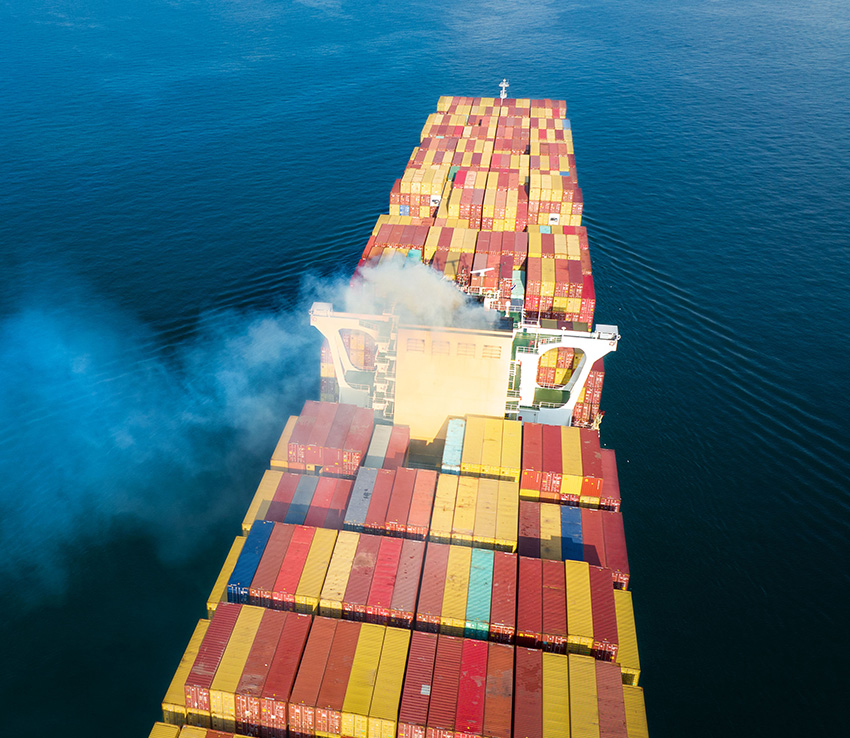
SCR
Selective Catalytic Reduction (SCR) technology has been introduced in both cargo and passenger marine applications over the last 5 years to reduce emissions of NOX, in order to meet the International Maritime Organization’s (IMO) Tier 3 NOX levels. Protea’s Continuous Emissions Monitoring systems (CEMS) have a proven capabilities in NOX measurement both in stationary source emissions and now in marine SCR.
As an emissions control system, an SCR process involves the injection of a liquid via a catalyst into the exhaust stream.
The liquid is usually urea-based solution (“AdBlue”) and a chemical reaction (reduction) within the emissions gas converts nitrogen oxides (NO/NO2) into nitrogen (N2), water (H2O) and as small increase in carbon dioxide (CO2) can be seen. The selective reduction reaction comes from the focus on NOX removal by the ammonia produced in the heating of the urea-based liquid. The presence of ammonia (NH3) within the emissions – so called ammonia slip – could also have a requirement to be monitored, at least periodically.
The catalytic elements are located inside a metallic reactor structure located in the exhaust gas line. The end products of the reaction are pure nitrogen and water, i.e. major constituents of ambient air. No liquid or solid by-products are produced. The efficiency of the catalytic reduction depends on a number of factors, including the dosage of the reducing agent, the volume of catalyst elements and the exhaust gas temperature. Normally, a NOx reduction level of 90% can be reached.

